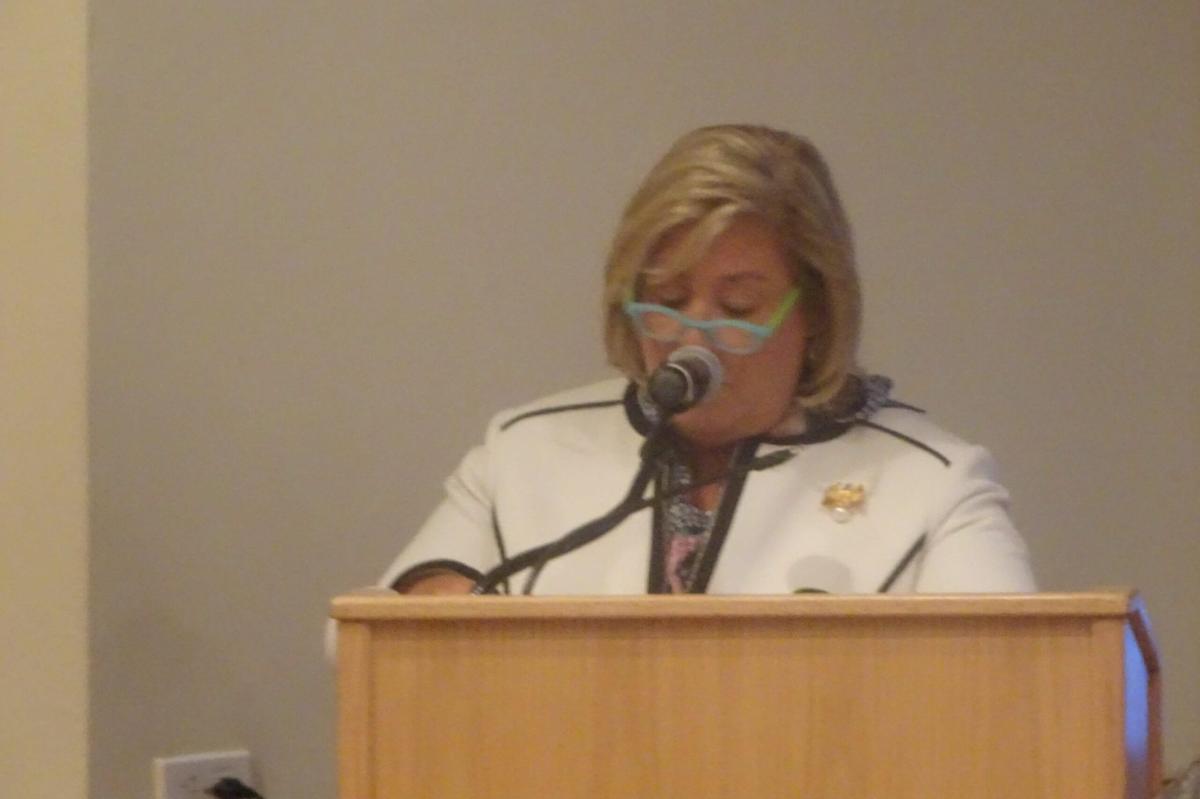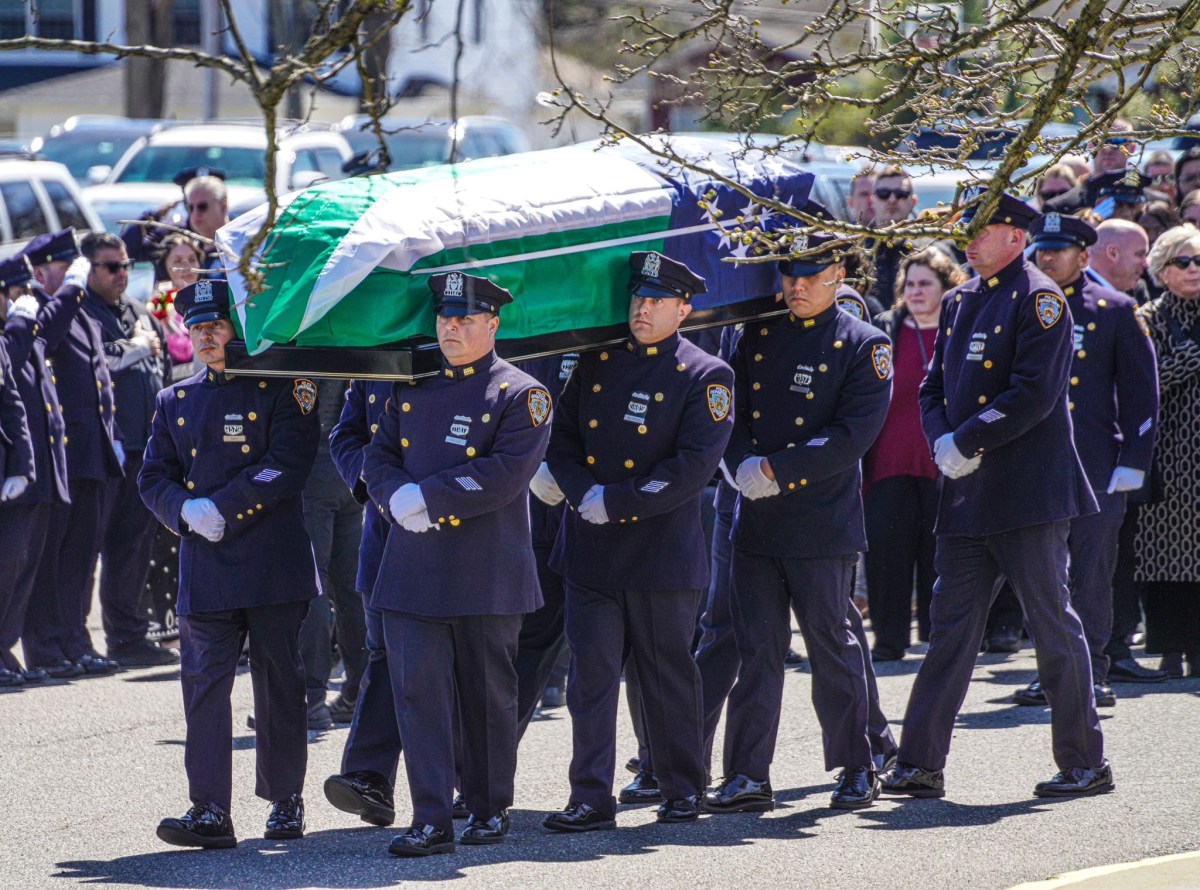
Now that the thermometer has finally pierced 40 degrees maybe now is a better time than any to appreciate the arctic blast that consumed nearly half of the United States in early January, making this winter one for the record books.
Thanks to NASA we can now actually visualize what the bone-chilling Polar Vortex looked like as it sent temperatures plummeting to subzero levels.
The stunning image shows how the arctic air—colored in purple—inched southward before shifting east.
Here’s the space agency’s explanation:
Blistering cold air from the Arctic plunged southward this winter, breaking U.S. temperature records. A persistent pattern of winds spins high above the Arctic in winter. The winds, known as the polar vortex, typically blow in a fairly tight circular formation. But in late December 2013 and early January 2014, the winds loosened and frigid Arctic air spilled farther south than usual, deep into the continental United States. On Jan. 6, 2014, alone, approximately 50 daily record low temperatures were set, from Colorado to Alabama to New York, according to the National Weather Service. In some places temperatures were 40 degrees Fahrenheit colder than average.
The polar vortex hit Long Island on Jan. 7 and sent temps plunging to single digits, breaking several records on the Island and in New York City.


























